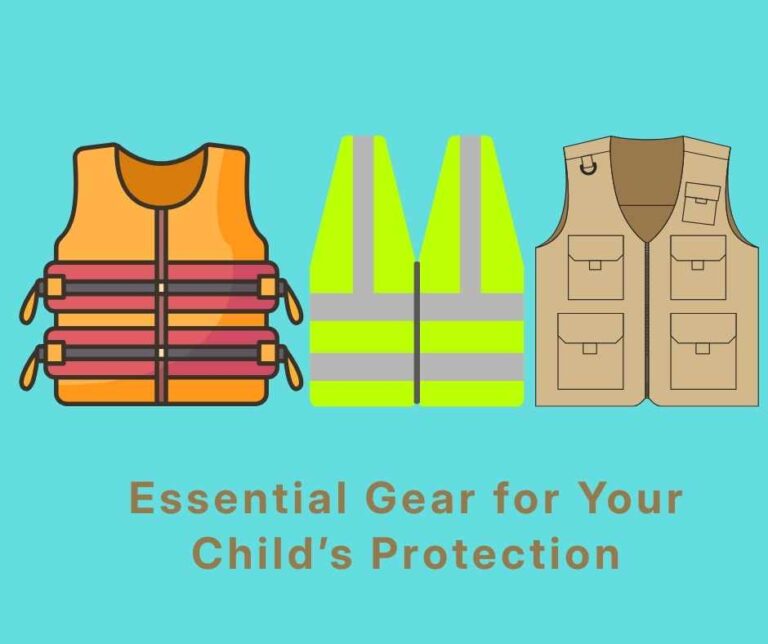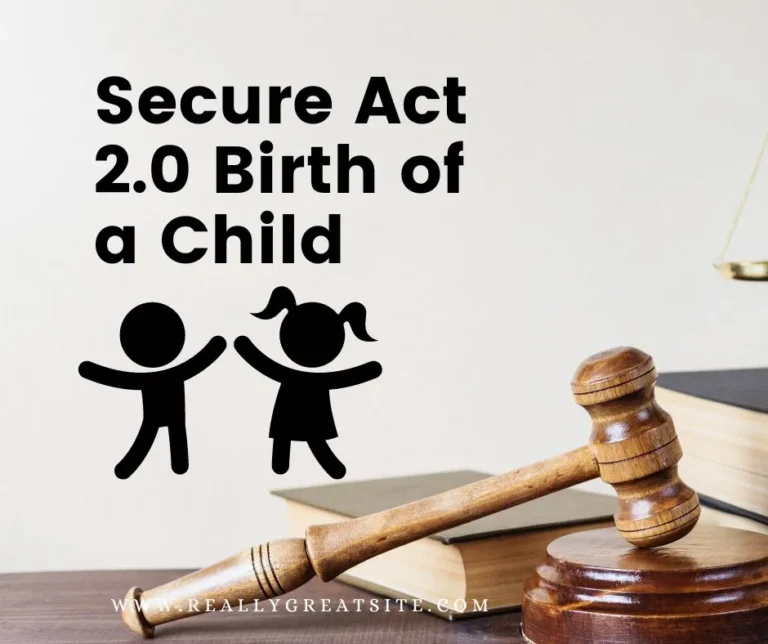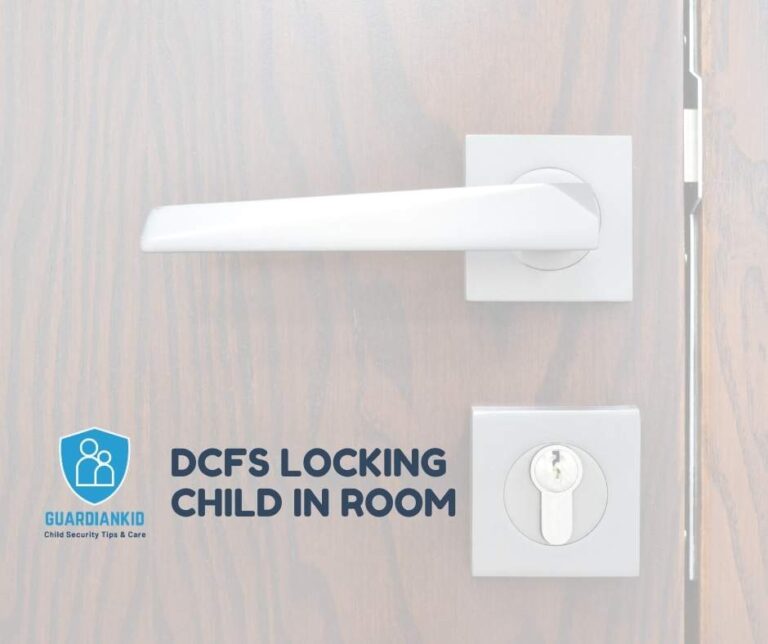What is the Difference between Child Safety And Child Protection: Explained
Child safety focuses on preventing everyday accidents and ensuring a child’s physical well-being in daily activities. Child protection involves safeguarding children from abuse, neglect, and exploitation, addressing more serious threats to their overall well-being.
Parents want to keep their children safe. They also want to protect them. But what is the difference between child safety and child protection?
Understanding Child Safety
Child safety means keeping children from harm. It involves making their environment safe.
Here are some examples of child safety:
- Using car seats to protect children in cars.
- Child-proofing the home to prevent accidents.
- Teaching children how to cross the street safely.
Child safety focuses on preventing accidents and injuries.
Understanding Child Protection
Child protection means keeping children safe from abuse. It involves preventing harm from people.
Here are some examples of child protection:
- Teaching children about stranger danger.
- Ensuring children are not left alone with strangers.
- Reporting suspected child abuse to authorities.
Child protection focuses on preventing abuse and neglect.
Key Differences
Child safety and child protection are different but related. Here are the key differences:
| Aspect | Child Safety | Child Protection |
|---|---|---|
| Focus | Preventing accidents and injuries | Preventing abuse and neglect |
| Environment | Making the physical environment safe | Keeping children safe from harmful people |
| Examples | Using car seats, child-proofing the home | Teaching about stranger danger, reporting abuse |
Why Both Are Important
Both child safety and child protection are important. They work together to keep children safe.Parents need to focus on both to ensure their child’s well-being.
- Both child safety and child protection are crucial because they address different but complementary aspects of a child’s well-being. Child safety is important because it focuses on preventing everyday accidents and injuries. By teaching children safety rules, using protective gear, and staying vigilant, we can minimize the risk of physical harm in daily activities. This allows children to explore and learn in safe environments, promoting their healthy development.
- Child protection is equally important because it safeguards children from more severe threats such as abuse, neglect, and exploitation. It involves legal and social measures to protect children from harm that could have long-term effects on their physical, emotional, and psychological well-being. Without robust child protection, children are vulnerable to situations that can severely impact their future.
Together, child safety ensures that children are physically secure in their day-to-day lives, while child protection ensures that they are shielded from more serious dangers. Both are essential for ensuring that children grow up healthy, happy, and secure, with the opportunity to reach their full potential.
Difference Between Child Protection and Child Safe Standards
Child safety and child protection are both crucial. They address different types of risks. Understanding the difference helps parents keep their children safe. Remember to focus on preventing accidents and protecting from abuse.



